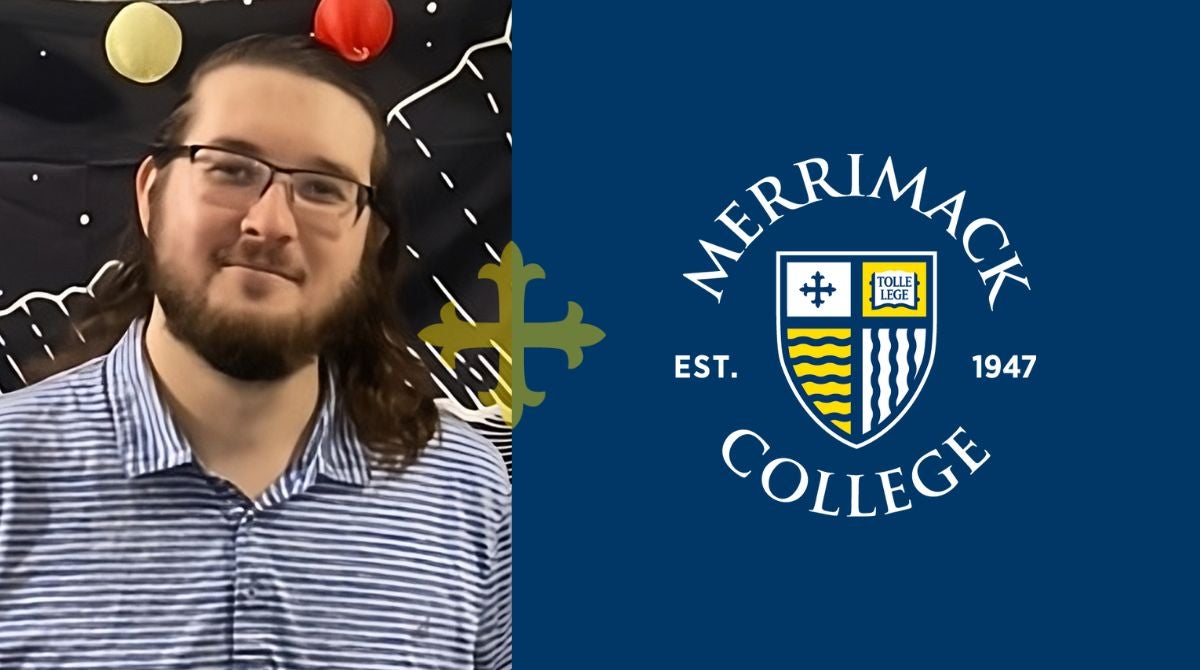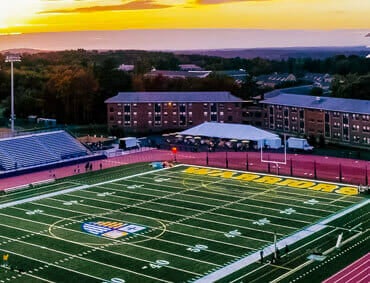Combined Major in Applied Physics
Physics and Engineering creates a strong combination of skills to help you excel.

Spring Open House
Tuesday, April 22, 2025
from 1:00 pm
to 4:00 pm
At our Spring Open House, you'll attend academic breakout sessions, connect with members of our community, and take a tour of our beautiful New England campus.
What is Applied Physics?
The applied physics major combines the disciplines of physics and engineering into a single coherent major. The physics half of the curriculum introduces students to the fundamental physical laws that underlie all of the engineering disciplines. The engineering portion of the curriculum introduces students to the practical engineering applications of these principles.
The combination of the physics and engineering courses and laboratories provide a rich background in theory and application that prepares students for a wide range of career choices.
What You’ll Learn
By studying applied physics you will be preparing yourself for a wide range of career paths and opportunities. The unique combination of skills that are developed in the program, from the theoretical underpinnings to the practical applications, will position you well for future study and for immediate career opportunities in many areas.
As an applied physics major, you will:
- Engage with an integrated curriculum carefully selected to prepare you for a wide variety of careers and graduate school opportunities.
- Study fundamental physics topics that lead to a deeper understanding of modern technology, for example; a course in quantum mechanics and lab work investigating single photon diffraction.
- Undertake course and lab work in engineering specific disciplines, for example; materials science and lab work in fluid mechanics.
- Develop an intimate appreciation for both the techniques and methods that make engineering science the discipline that has built the modern technological world, while also gaining in-depth insight into the fundamental underpinnings of engineering.
Career Options
The applied physics major will prepare you for a wide range of careers and graduate school opportunities in STEM fields.
According to the U.S. Bureau of Labor Statistics, employment in STEM occupations is expected to grow by 10.8% by 2032 with a median annual salary of $97,980.
Potential career paths for applied physics majors upon graduation include:
- Entry level engineering/engineering technician positions
- High School physics/science teaching
- Graduate school
Potential employers of applied physics majors include:
- HII Unmanned systems
- High School Science Departments
- Raytheon
- Physical Sciences Inc.
Combined Major Benefits
Dedicated Advising
You can expect to work with a dedicated advisor for both your academic and career needs throughout your college experience at Merrimack.
Combined Skills
By pursuing a combined major, students will have the opportunity to build multiple skill sets across a range of in-demand disciplines throughout their experience.
Affinity Group Status
Combined major students are given affinity group status, so you get access to specific resources across campus.
Guaranteed Internships
The O’Brien Center for Career Development and your career advisor will work to place you in a guaranteed internship, typically during junior year.
Courses You’ll Take
Applied Physics Major Curriculum
Applied Physics Major Requirements
General Education Requirements
In addition to the major requirements below, you will also need to complete Merrimack’s general education requirements. To see more details about the major, please visit catalog.merrimack.edu.Sample Four-Year Schedule - Curriculum Guide
More Information
Nancy Wynn
Associate Professor and Chair
Visual and Performing Arts
Graphic Design Program Director
978-837-3433 | email

